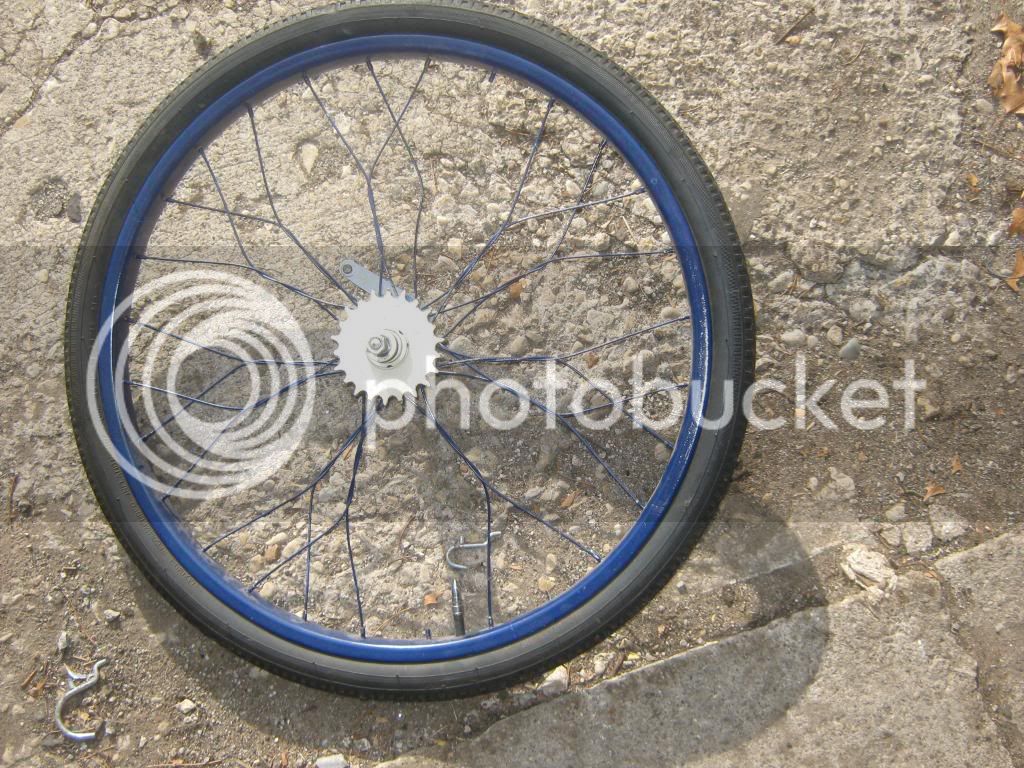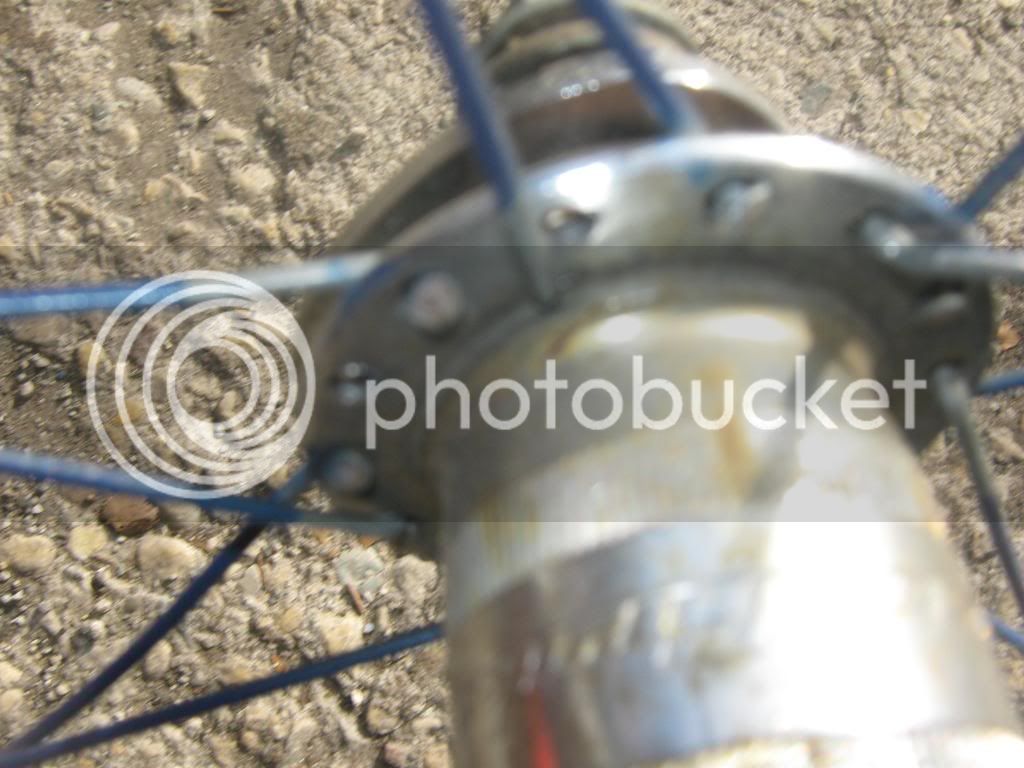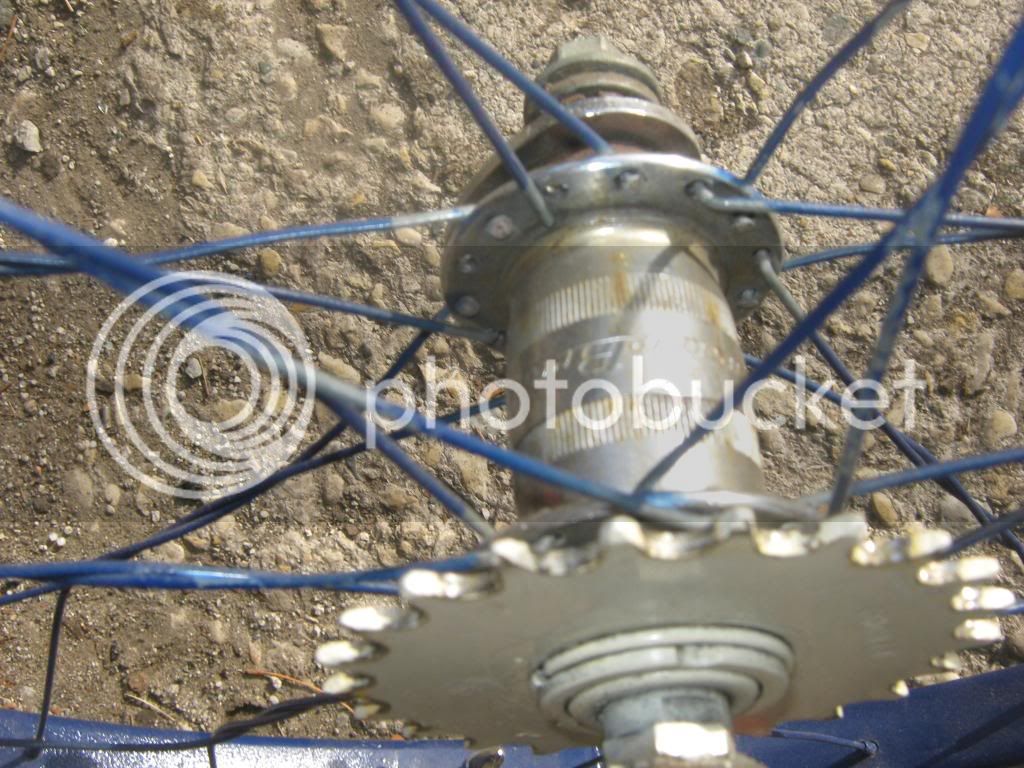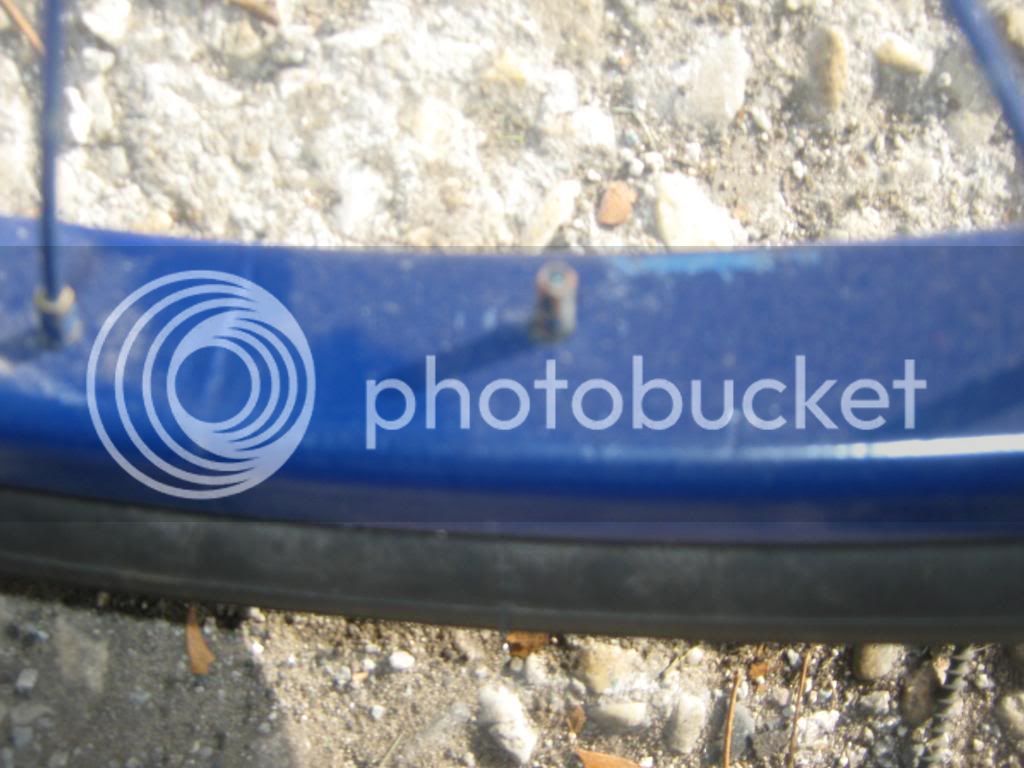one thing that may help in getting by with used spokes is to label everything upon disassembly - make 2 piles: inside of hub flanges, and outside of hub flanges. when you rebuild, you can pull from the correct pile as you lace so that way you will be putting the same stresses back in as they always had, and they might last longer. of course that's meaningless once you've changed the spoking pattern.
The other thing that might be a factor is the hole size in the hub. I can't tell if you had some heads break off at the hub from the pictures. I had a rear wheel once that was build with a coaster that was made for heavy duty (thick) spokes. I was running regular 14g spokes, and they broke out all the time. The reason why is that there is too much slack in the hub holes. when you ride, the spokes can then relax completely and come back to tension with every turn of the wheel. This is what breaks spokes - kind of like bending a piece of wire back and forth until it breaks. The same thing will happen if you don't have enough tension on the wheel. There needs to be enough tension that the spokes will never see zero tension while riding. If you are hearing noises from the spokes as you ride, that is a good indication that it needs to be tightened. You'd be hard pressed to make a wheel "too tight" using cheap nipples - they'll strip the wrench flats off first.
I also agree with what the others have said - better quality spokes will make a difference. in particular, the high quality nipples, like DT, are a pleasure to work with, unlike the cheap ones which are practically rounded out right from the box.










































































